Unlocking AI Proprietary Tools and How to Market Them Vol 158
During my tenure as a sales leader at my company, we believed that our product was best-suited for a moderately sophisticated sales organization, typically companies in the $25 million to $250 million revenue range. Here’s the problem — AI cannot function without data, and it needs a lot of it to make high-quality predictions. Any manager who’s tried knows that getting sales teams to enter data consistently can be tougher than picking up the 800-pound phone to make a cold call. They will focus on situations where people are skeptical of technology, or where the sales apparatus is more complex than merely offering a widget.
The report indicates that 15% of SaaS vendors have already deployed deep learning technologies in their products. ElevenLabs, for instance, uses a proprietary deep learning model to turn https://www.metadialog.com/saas/ writing into audio. CrowdStrike, which uses AI within its cybersecurity tools, talks of deep learning models achieving incredible performance in a variety of machine learning tasks.
DataRobot
SaaS providers can customize their approach and offer targeted, pertinent content to prospective customers by integrating AI into their sales and marketing processes. By doing so, they can reach more customers with the same resources and enhance conversion rates – freeing up salespeople to concentrate on completing deals. AI can also automate lead generation and qualification, study customers’ behavior and preferences, and enable businesses to offer tailored recommendations and upsell possibilities that boost revenue.
- With each applicant being evaluated beyond age, gender, and race, X0PA’s unique AI algorithms are utilized to find, score, and rank skills.
- Connect the chatbot with your CRM system through plug-ins, providing the virtual assistant with access to your customers’ historical data – and the bot ensures more personalized answers to the queries.
- This SaaS platform offers solutions for demand forecasting and inventory management that dramatically increase margins and working capital usage.
- This free-to-all strategy resulted in a thriving user community that helped train the OpenAI model, elevating its quality for future users.
- AI companies appear, increasingly, to combine elements of both software and services.
- Zilliz is dedicated to bringing the potential of AI to every company, every organization, and every person by relieving its users of the burden of managing complicated data infrastructure.
Instead of building their own GenAI solutions, companies can save valuable time and money by using GenAI SaaS. In truth, it’s a blurry snapshot of something whizzing by too fast to completely capture. The generative AI landscape in particular changes daily, sometimes hourly it seems.
saas software
As a dominant provider of enterprise solutions and a cloud leader — its Azure Cloud is second only to AWS — Microsoft is investing heavily in AI. For example, it has significantly expanded its relationship with OpenAI, the creator of ChatGPT. Leveraging its massive supercomputing platform, its goal is to enable customers to build out AI applications on a global scale. It’s likely that Microsoft will be the leading provider of AI solutions to the enterprise.
What is the difference between open source and proprietary models?
Open source offers customization and transparency, while proprietary models provide reliability and support. Open-source software demands resources but provides cost-efficiency and control. Proprietary AI models offer expertise and dedicated support.
Reinforcement learning on proprietary data sets, with ample ability to provide this reinforcement including through clearly confined simulated environments, is an example of AI which has proven excellent ability to achieve this type of an outcome. Like Wood, Brauer acknowledges AIaaS does have its challenges, particularly in more-regulated sectors where data privacy is important. In those cases, using external AI services can make compliance difficult, while shared models can create obstacles to those seeking to obtain a competitive advantage.
Founded in 2019, Abacus creates pipelines between data sources — such as Google Cloud, Azure, and AWS — and then allows users to custom-build and monitor machine learning models. Yalo is a creator of an artificial intelligence (AI) based customer relationship management software that aids companies in providing a wonderful client experience. Through small programs that operate on top of https://www.metadialog.com/saas/ messaging apps, it handles the digital workflow for sales and customer care and enables customers to interact with enterprises in a personalized way. Yalo was established in 2015, with its main office located in San Francisco, California. They ties in to the application workflow by offering a contextual experience that is application, client, device, network and directory agnostic.
How to use AI in SaaS?
- Predicting customer behavior.
- Improving marketing campaigns using personalization.
- Predicting churn and customer lifetime value.
- Automating data analysis and reporting.
- Augmenting sales and marketing teams.
By fusing problem solving, learning and memory technologies together, the company builds systems that learn and adapt without human assistance. Durable aims to make custom software more accessible by using AI systems that can reason and engage in dialogue in the same way as humans. The company says it is working to bring together the capabilities of deep learning and symbolic AI with the ultimate goal of developing a style of artificial intelligence designed to improve long-term software reliability. Clarifai is a deep learning AI platform that helps users organize, curate, filter and search their media. Within the platform, images and videos are tagged, teaching the intelligent technology to learn which objects are displayed in a piece of media. It employs machine learning to gather information on technical and UX issues and then provide insight on how impactful the issues are.
Synthesizing Enormous Amounts Of Information Into Insights
The platform works to identify any issues with AI programs through the entire machine learning process. During pre-production, the platform completes AI stress testing for production readiness. In post-production, there is a test for firewall damage and to discover improvements. Robust Intelligence runs this process continuously, allowing for automated root cause analysis each time. IBM offers a suite of AI-based solutions centered around its AI assistant IBM Watson.
It’s already being used at many businesses, and it’s slowly being adopted by sales. The AI algorithms pick prospects who are likely to sign up for solutions from your firm or company. The first sales teams to adopt AI and pioneer how to use it will have a massive advantage in the near future. However, with so many technologies transforming the landscape, it’s time for sales to jump headfirst into the fray. The Salesforce State of Sales report notes that only 46% of sellers have access to client and prospect data insights (something that 85% of salespeople say helps them produce).
Is proprietary software free?
Proprietary software is not synonymous with commercial software, although the two terms are sometimes used synonymously in articles about free software. Proprietary software can be distributed at no cost or for a fee, and free software can be distributed at no cost or for a fee.
What is the difference between proprietary and SaaS?
Both models have their advantages and disadvantages. SaaS is easier to use and more flexible, as it allows access to the software from anywhere and on any device with internet access. A proprietary online store, on the other hand, allows more control over the software and may be cheaper in the long run.
How to use AI in SaaS?
- Predicting customer behavior.
- Improving marketing campaigns using personalization.
- Predicting churn and customer lifetime value.
- Automating data analysis and reporting.
- Augmenting sales and marketing teams.

